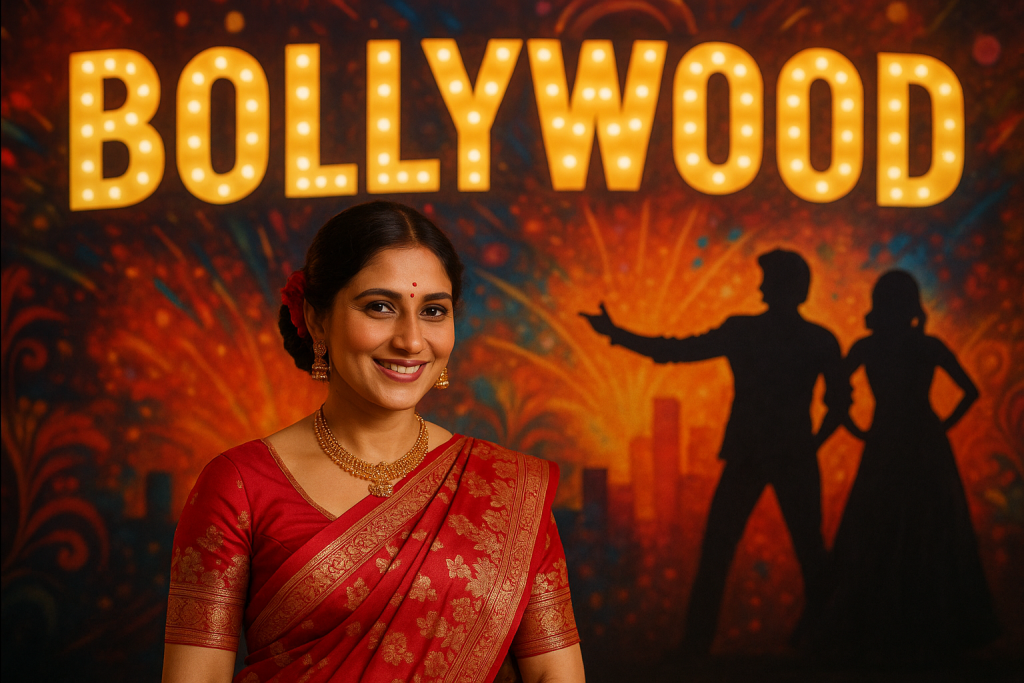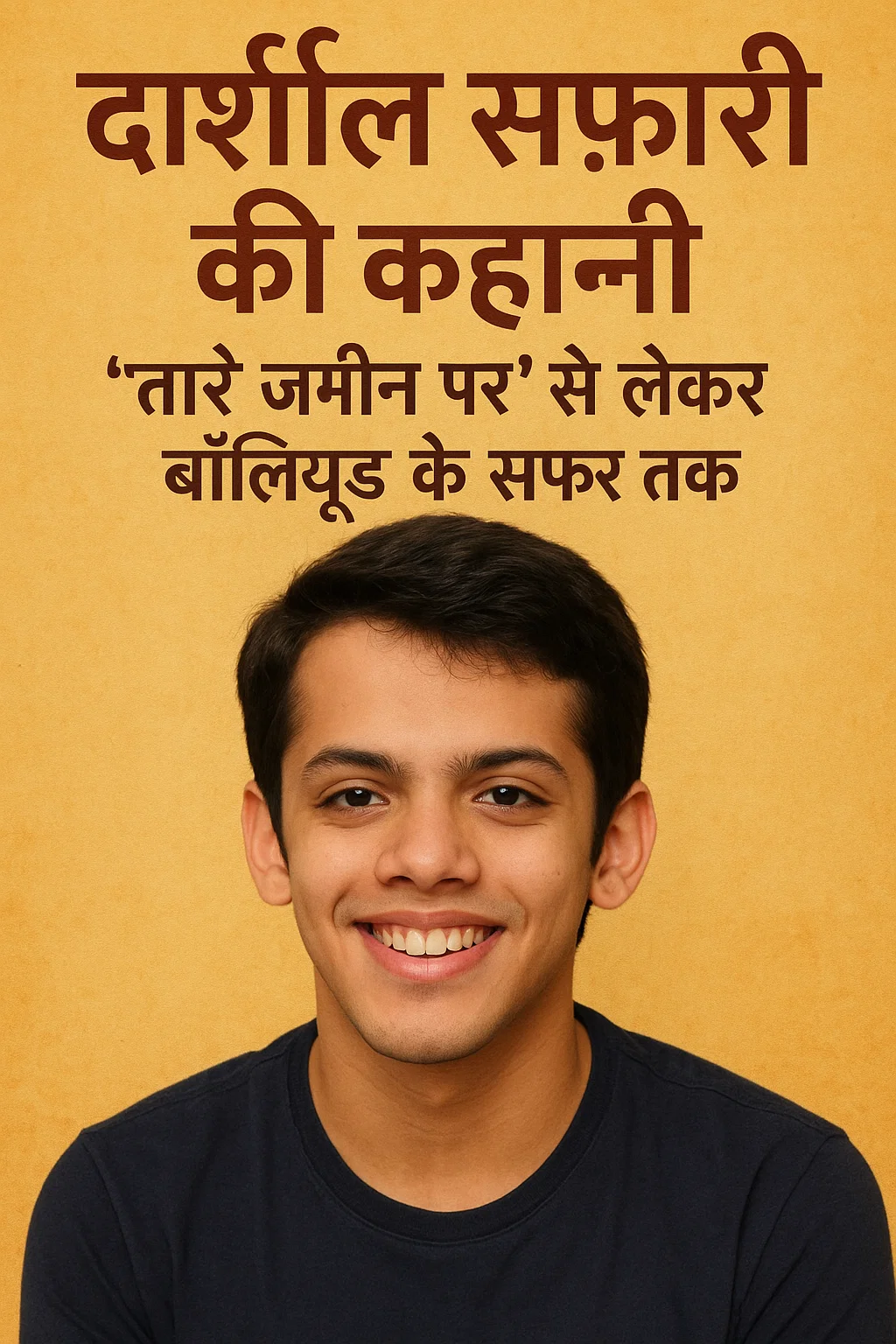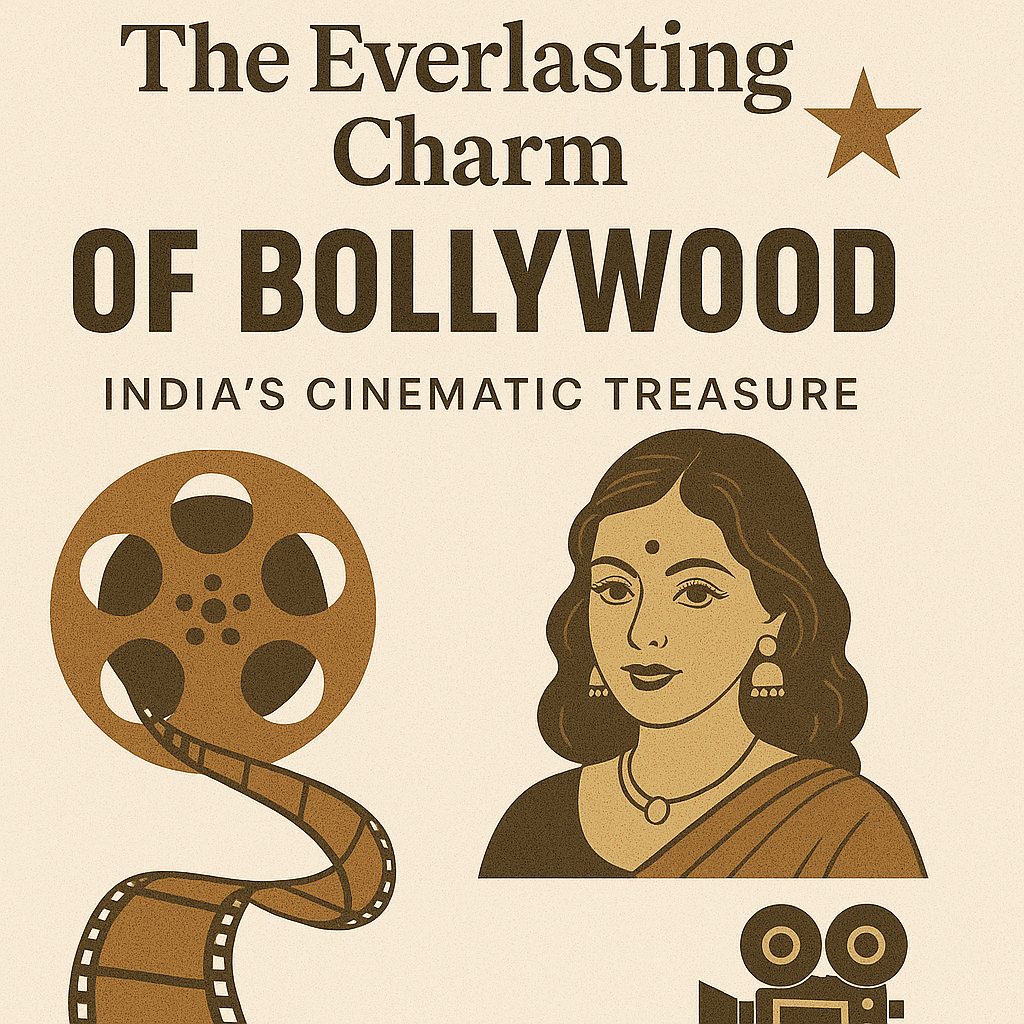Bollywood: The Heartbeat of Indian Cinema
When someone mentions Indian cinema, the first word that comes to most minds is Bollywood. A term that has become synonymous with colorful storytelling, soulful music, dramatic performances, and grand visuals. But Bollywood is not just about songs and dances—it is a powerful cultural force that has influenced generations, shaped societal narratives, and introduced India to the global entertainment map.

What is Bollywood?
Bollywood is the informal name given to the Hindi-language film industry based in Mumbai (formerly Bombay). The name itself is a portmanteau of “Bombay” and “Hollywood,” coined in the 1970s, though the industry dates back much earlier. Bollywood produces hundreds of movies annually and remains the largest segment of Indian cinema.
While Bollywood is often used to refer to Indian cinema as a whole, it is important to note that India has many regional film industries, such as Tollywood (Telugu), Kollywood (Tamil), and others. Yet, Bollywood remains the most globally recognized.
The Birth of Bollywood: A Historical Overview
The roots of Bollywood stretch back to 1913, when Dadasaheb Phalke released India’s first full-length feature film, Raja Harishchandra. It was a silent film, but it marked the beginning of a cinematic revolution in India. In the 1930s, Bollywood saw its first “talkie”—Alam Ara (1931), which introduced synchronized sound and songs into Indian films.
Throughout the 1940s and 1950s, Bollywood became a medium for expressing patriotism, especially during India’s independence movement. Movies like Mother India and Awara in the post-independence era portrayed social issues, resilience, and national identity.
The 1970s and 1980s were ruled by action heroes like Amitabh Bachchan, and the term “masala movie”—a mix of romance, action, drama, and comedy—became synonymous with Bollywood cinema.
The Defining Elements of Bollywood Cinema
What sets Bollywood apart from other film industries?
1. Song and Dance
Music is the soul of Bollywood. A typical movie features at least 4–6 songs, which help express emotions, move the story forward, or serve as commercial hits. From romantic duets to high-energy dance numbers, songs are an integral part of the experience.
2. Emotional Storytelling
Bollywood movies are known for their emotional range—love, betrayal, family ties, patriotism, and self-discovery are frequent themes. The storytelling is often dramatic, heartfelt, and sometimes melodramatic.
3. Larger-than-Life Characters
From the “angry young man” to the “eternal lover,” Bollywood heroes and heroines often take on exaggerated, idealistic roles that resonate with the masses. The villains, too, have had iconic personas—from Mogambo to Gabbar Singh.
4. Colorful Visuals and Costumes
Vibrant costumes, rich set designs, and picturesque locations are hallmarks of Bollywood. Whether it’s a royal palace or a Swiss mountain, Bollywood movies are known for their visual appeal.
5. Family and Social Values
Indian family culture and values are often reflected in the scripts. Many stories revolve around family dynamics, traditional values, generational conflict, and societal expectations.
Global Reach of Bollywood
Bollywood is no longer just India’s treasure—it has become a global phenomenon. Indian films are now regularly released in countries like the USA, UK, Canada, UAE, Australia, and across Africa and Southeast Asia.
1. International Fan Base
Countries such as Russia, Nigeria, Egypt, and Indonesia have long embraced Bollywood films. Some African countries even dub Bollywood movies in local languages due to high demand.
2. Streaming Platforms
With platforms like Netflix, Amazon Prime Video, and Hotstar, Bollywood movies have become easily accessible across the globe. This digital shift has played a major role in expanding its international audience.
3. Cross-Cultural Collaborations
Bollywood stars like Priyanka Chopra, Irrfan Khan, and Deepika Padukone have acted in Hollywood films, while international artists like Will Smith and Akon have featured in Indian films or music videos. These collaborations showcase the growing fusion of entertainment industries.
Top Bollywood Stars Who Changed the Game
Here are a few legendary actors and actresses who left an indelible mark on Bollywood:
- Amitabh Bachchan – The Shahenshah of Bollywood; known for his baritone voice and intense roles.
- Shah Rukh Khan – The King of Romance; has a massive global fanbase.
- Madhuri Dixit – The dancing diva; celebrated for her beauty and grace.
- Aamir Khan – Mr. Perfectionist; known for socially conscious and meaningful cinema.
- Deepika Padukone – A modern icon known for both commercial and critical successes.
Popular Bollywood Films That Became Cultural Icons
- Sholay (1975) – The ultimate masala movie with action, drama, and unforgettable dialogues.
- Dilwale Dulhania Le Jayenge (1995) – A romantic classic that ran for over 20 years in Mumbai’s theaters.
- Lagaan (2001) – A period drama that earned an Oscar nomination.
- 3 Idiots (2009) – A commentary on India’s education system, wrapped in humor and emotion.
- Gully Boy (2019) – Inspired by Mumbai’s underground rap scene; globally acclaimed.
The Evolution of Bollywood: Then vs Now
Over the years, Bollywood has transformed from its melodramatic roots into a more versatile, global-friendly cinema.
Then:
- Focus on melodrama, romance, and predictable storylines.
- Long runtime, mostly 2.5 to 3 hours.
- Heavy reliance on music and traditional dance numbers.
Now:
- More realism, experimental genres, and compact storytelling.
- Growing influence of indie and parallel cinema.
- Increasingly diverse casting, gender roles, and narratives.
Films like Piku, Article 15, and Andhadhun have shown that Bollywood is open to evolution and willing to tackle bold, unconventional topics.
Challenges Faced by Bollywood
Despite its glamour and success, Bollywood has its fair share of issues:
- Nepotism – The industry has often been accused of favoring star kids over talented outsiders.
- Lack of Originality – Remakes and copied storylines from Hollywood or South Indian cinema are common criticisms.
- Censorship – Filmmakers still struggle with creative freedom due to India’s strict film certification board.
- Mental Health & Pressure – High expectations, public scrutiny, and cutthroat competition can take a toll on artists.
The tragic passing of actor Sushant Singh Rajput in 2020 brought mental health, nepotism, and the darker sides of Bollywood into the spotlight.
The Future of Bollywood
The future of Bollywood looks promising, with:
- More OTT Content: Digital platforms are giving rise to short-form, high-quality storytelling.
- Women-Centric Films: Movies like Queen, Raazi, and Kahaani have proven that female leads can drive the box office.
- Social Messaging: There’s a rising trend of films that educate while entertaining—like Toilet: Ek Prem Katha and Pink.
- Tech Integration: Better VFX, sound design, and global collaborations are elevating the overall production value.
Moreover, with Gen Z and millennials becoming major audiences, filmmakers are adapting to fresher, bolder narratives.
Bollywood is more than just an entertainment industry. It is a mirror of Indian society, a cultural export, and a platform for storytelling that blends fantasy and reality in a uniquely Indian way. From epic love stories to gritty thrillers, Bollywood has something for everyone.












Post Comment